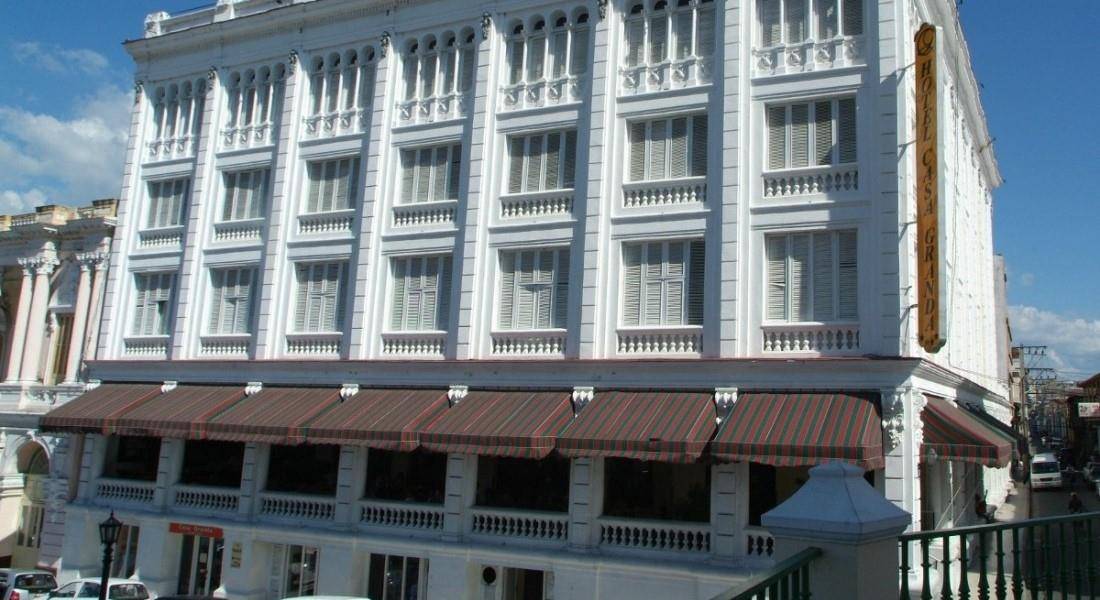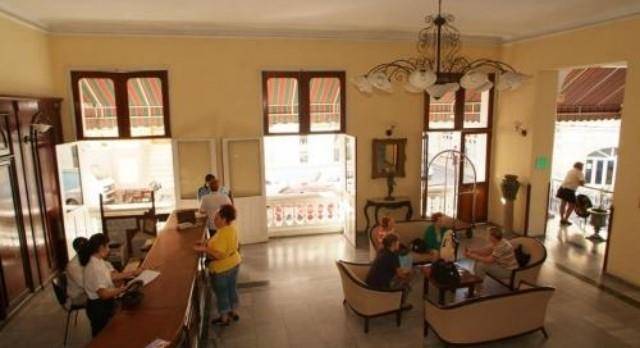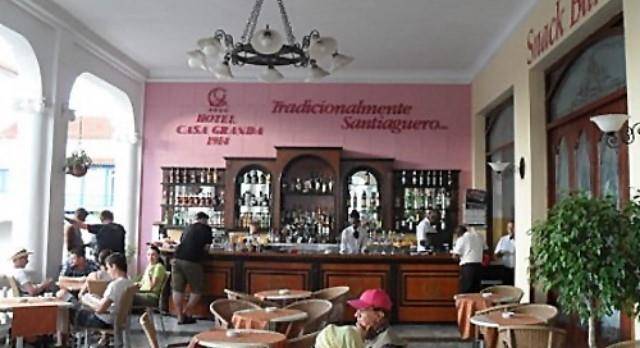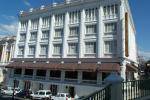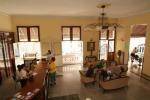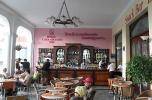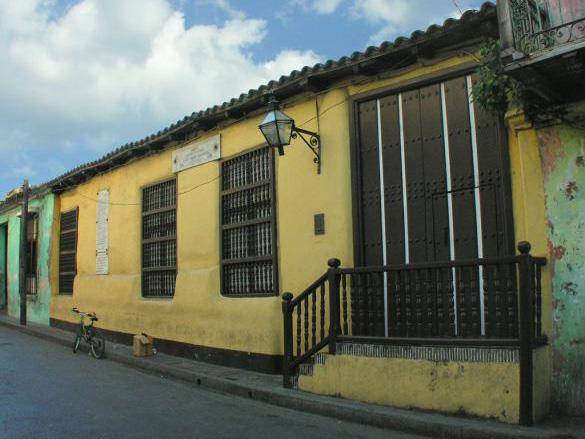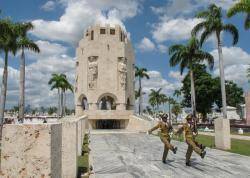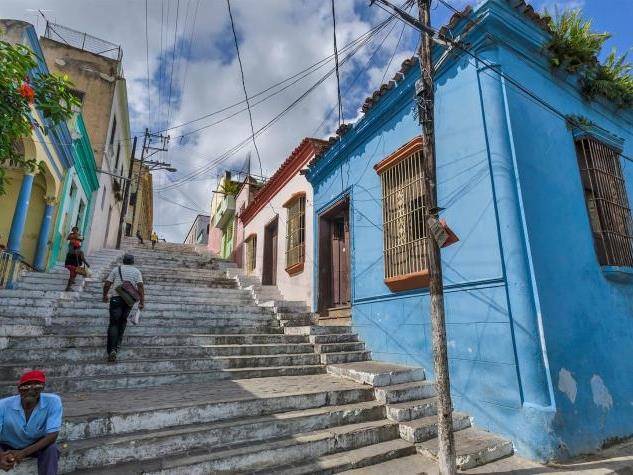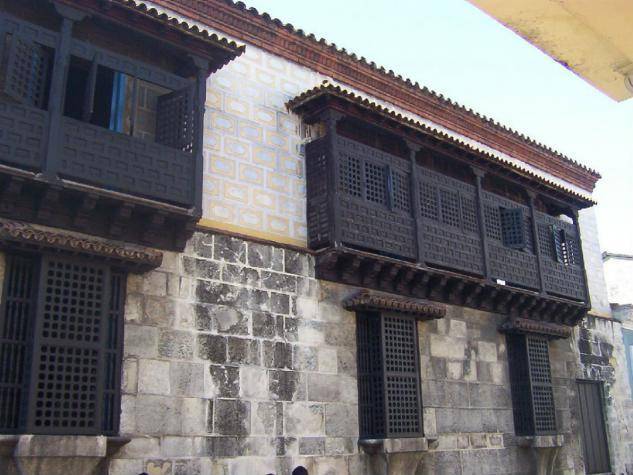
Museum of Historical Cuban Atmosphere
Located in front of the Céspedes Park, the Museum of Historical Cuban Atmosphere is one of the most important museums in Santiago de Cuba. The museum is constituted by two antique houses that were built in different times. One is from the 16th century while the other is from the 19th century, and both show the way of life of the centuries in which they were built. The oldest house was built in 1515 and is a gem of the colonial architecture. It was the Governor Diego Velázquez’s home and the Casa de Contratación y Fundición de Oro (Hiring House and Golden Foundry). After several changes, the house was restored in 1965 and the space was dedicated to show the way of life of the 16th, 17th and 18th centuries. The most modern house dates from the first third of the 19th century and belonged to a local family named Quesada. This house is set in the way of life of the 19th century through a series of rooms like the hallway, the 19th century patio and the garage.

